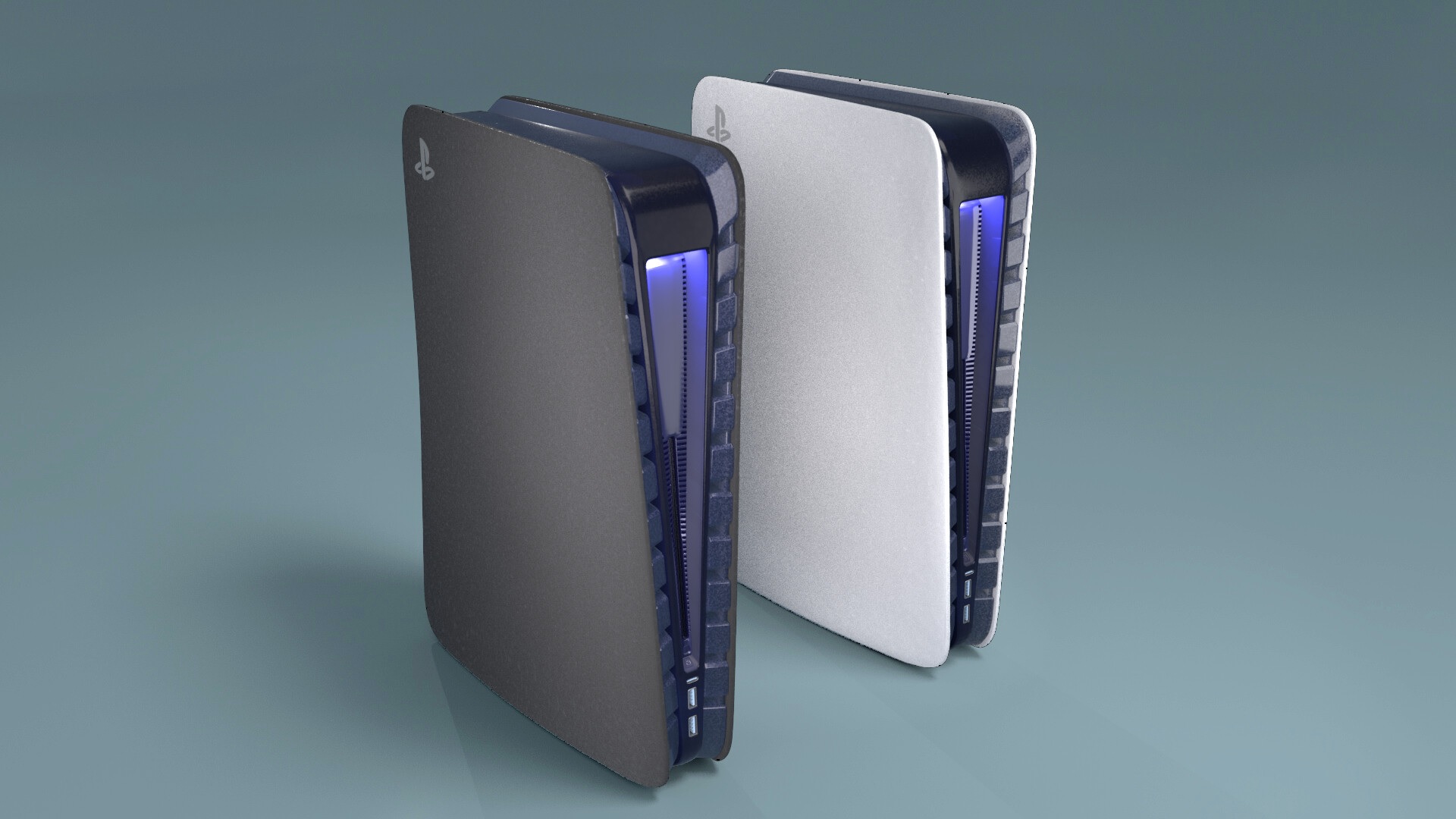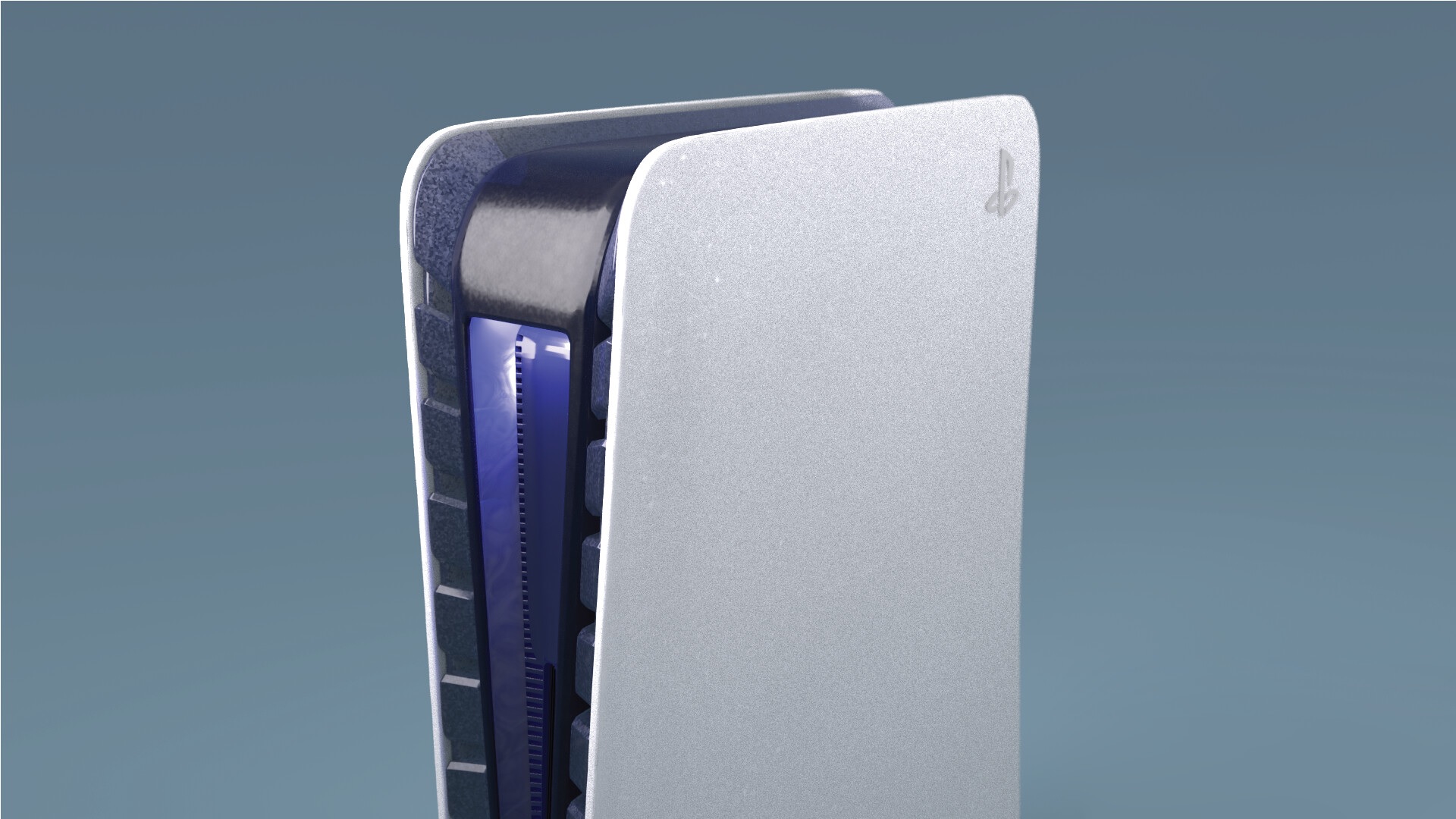Developer reportedly claims we don’t need a PS5 Pro — here’s why they’re wrong

The PS5 Pro has yet to be formally announced, but this hasn’t stopped an ongoing online debate over the necessity of an upgraded PS5 console. Some commentators, including several TG staffers, argue that a PS5 Pro is pointless, but I’m in the pro camp.
The conversation has kicked into gear this week after GamesIndustry.biz editor Christopher Dring appeared on the GI Microcast and claimed that developers had expressed a general apathy towards the PS5 Pro at the recent GDC tradeshow (via Metro). Dring didn’t name the developers spoken to but the comments give us a fascinating look at how those in the industry view the potential merits of a PS5 Pro.
“I’ll be honest, I didn’t meet a single person that understood the point of [PS5 Pro,” explained Dring on the podcast (dated March 26). Dring also claimed that “developers didn’t seem to feel they needed it” because “they weren’t really making the most of the PS5 in the first place.”
Dring surmised the situation by noting that “this generation doesn’t even seem to have got started, let alone needs a mid-generation upgrade.” Which is a fair point. The PS5’s first two years on the market were blighted by stock issues, and even now, four years after release cross-generation titles (games released on PS5 and PS4) are still launching, even if PS5-only releases are now finally becoming the default.
There’s definitely an argument to be made that the base PS5 has enough headroom left for developers to keep pushing technical boundaries over the next three or so years"
There’s definitely an argument to be made that the base PS5 has enough headroom left for developers to keep pushing technical boundaries over the next three or so years, which should take us through until the PS6, which is expected to land in around 2027.
While the above line of reasoning is somewhat compelling, and I’ll admit that Dring’s logic is pretty sound (at least to a point), I still believe there’s space for a PS5 Pro. That’s because modern games are increasingly struggling to perform even on current-generation hardware.
Recurring performance headaches
I’m fortunate enough to get the opportunity to review many of the latest releases for Tom’s Guide, and the single most common criticism I find myself repeating when covering modern games is performance issues.
Get instant access to breaking news, the hottest reviews, great deals and helpful tips.
Inconsistent framerates are such a recurring problem with modern AAA games that even when a game offers a dedicated “performance” mode that aims to boost the framerate, usually at the cost of graphical fidelity, I still don’t expect to have a smooth experience.

Take the current game of the moment, Dragon’s Dogma 2, I’ve spent a few dozen hours with the epic fantasy RPG in recent weeks, and while I’ve been hooked by its dynamic gameplay and unrestricted approach to open-world design, it can’t even hold a stable 30 fps during hectic battles — which are pretty frequent in the hostile world of Dragon’s Dogma.
In fact, the list of games I’ve reviewed in this console generation that haven’t suffered from at least some form of performance issues is significantly smaller than my list of the games that have. From third-party releases like Star Wars: Jedi Survivor to flagship exclusives like Marvel’s Spider-Man 2, dropped frames are a common sight in modern gaming.

I believe we’ve reached something of a plateau when it comes to visuals. The likes of Horizon: Forbidden West, Alan Wake 2 and Demon’s Souls are eye-poppingly gorgeous. We don’t really need games that look prettier, but if a PS5 Pro can offer stunning visuals alongside a rock-solid framerate, then it would make a pretty compelling case for itself.
Will PS5 Pro be pro enough?
For me, the real question isn’t whether we need a PS5 Pro, but rather whether the PS5 Pro will offer a big enough technical leap to justify its expected high price tag.
Naturally, that’s a question we cannot definitively answer until the console is actually confirmed (if that does ever happen), but based on the most prominent spec leaks, the early indications are inconclusive.
According to the latest report, the PS5 Pro will pack the same CPU as the current PS5. However, it will include a “High CPU Frequency Mode” that boosts the clock speed from 3.5GHz to 3.8GHz. That’s a mere 10% increase, which isn’t especially encouraging.

While discussing the possibility of GTA 6 running at 60 fps on PS5 Pro, Digital Foundry’s Richard Leadbetter suggested the hugely-anticipated open-world crime game may be limited to just 30 fps even on the much-rumored more powerful PlayStation console.
“I suggest that [GTA 6 at 60 fps] is not going to happen. An extra 10 percent on clock isn’t really going to do much at all. It will help your, sort of, worst possible frame rates when you’re CPU-limited, but it’s not a game changer. I think that’s pretty clear,” said Leadbetter.
While the leaked PS5 Pro specs suggest that it will offer 67 teraflops of compute power equating to 33.5 teraflops of “Floating Point” performance in real-world gameplay terms, compared to the PS5’s 10.28 teraflops, it’s also worth noting that comparing teraflops isn’t so simple. Due to changes in AMD’s RNDA architecture (PS5 Pro’s GPU is reportedly built on RDNA 3 architecture vs the PS5’s RDNA 2 GPU), the PS5 may not be a huge jump forward.
Other rumored specs include audio improvements (as much as a 35% uptick to the console’s Audio Compression Manager), 45% faster rendering speed and a huge boost to ray tracing performance. The PS5 Pro could also have frame-boosting tech called PlayStation Spectral Super Resolution. “PSSR” reportedly operates like DLSS and AMD’s FSR tech, with the bonus that it should support High Dynamic Range (HDR) to produce high-resolution games that sport far more vivid colors than standard SDR.

But even so the leap forward between the PS5 and PS5 Pro likely won't be generational — of course, this isn’t the PS6, so to expect that sort of upgrade would be a tad unreasonable — it should be enough to boost frame rates and image resolution, but perhaps only by a slim margin.
Much like the PS4 Pro, which is believed to account for around 20% of the total PS4 units sold, I expect the PS5 Pro will be a niche product, aimed primarily at players who want every extra ounce of performance power possible.
I definitely fall into that group, so even if the PS5 Pro might not allow me to play the latest games at a locked 60 fps, even just a small boost in this area would be enough to get me coughing up my cash. Now, if Sony could just announce the thing, we could finally stop speculating and start discussing its technical merits for real.
More from Tom's Guide
- The PS5 is getting an upgrade that can help you beat your favorite games
- Walmart slashes price on Xbox Series X in deal that beats Amazon
- The next blockbuster PS5 exclusive is getting a free demo

Rory is a Senior Entertainment Editor at Tom’s Guide based in the UK. He covers a wide range of topics but with a particular focus on gaming and streaming. When he’s not reviewing the latest games, searching for hidden gems on Netflix, or writing hot takes on new gaming hardware, TV shows and movies, he can be found attending music festivals and getting far too emotionally invested in his favorite football team.
